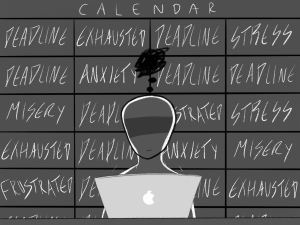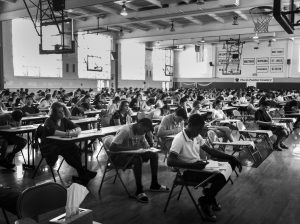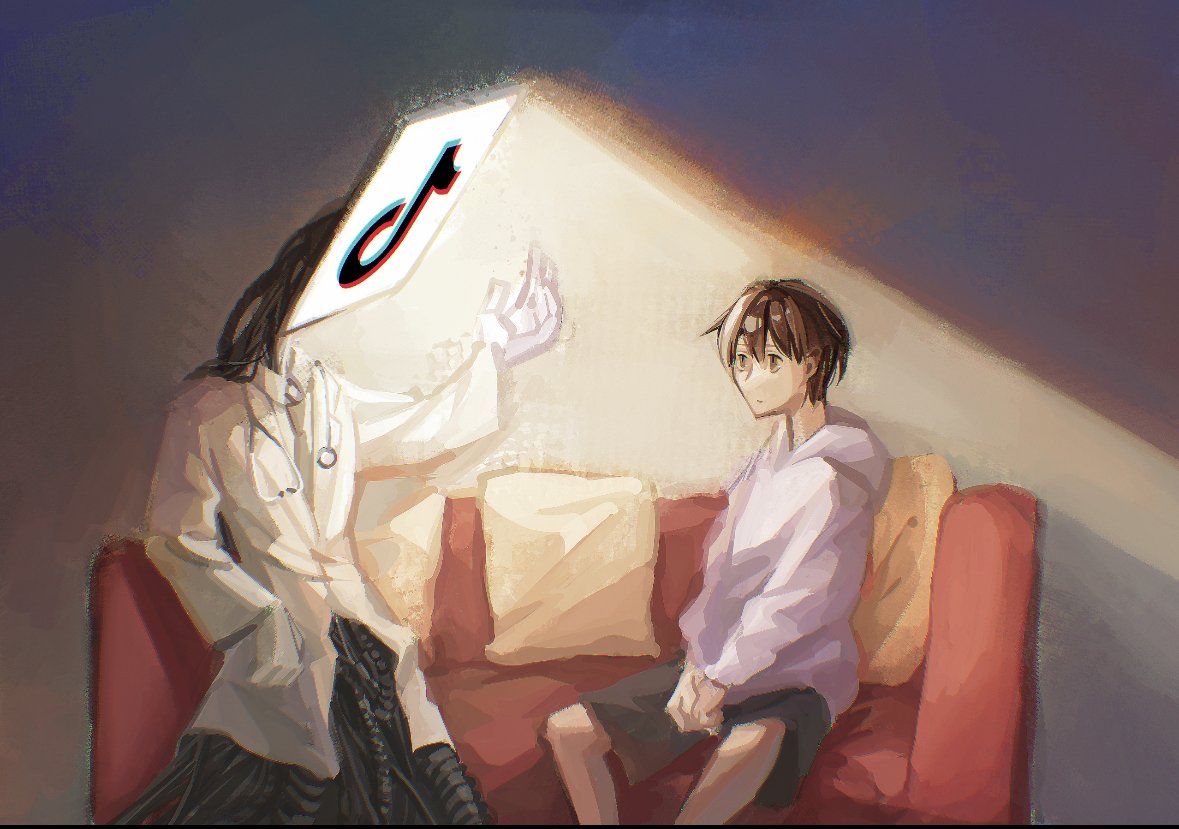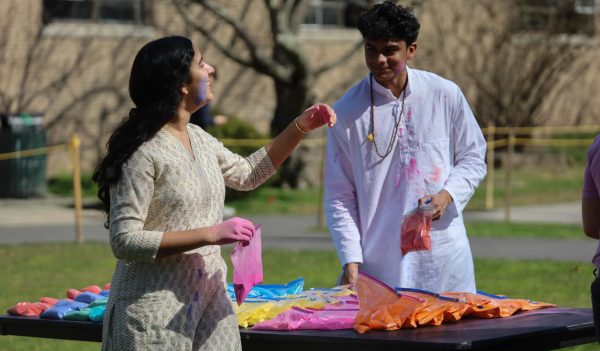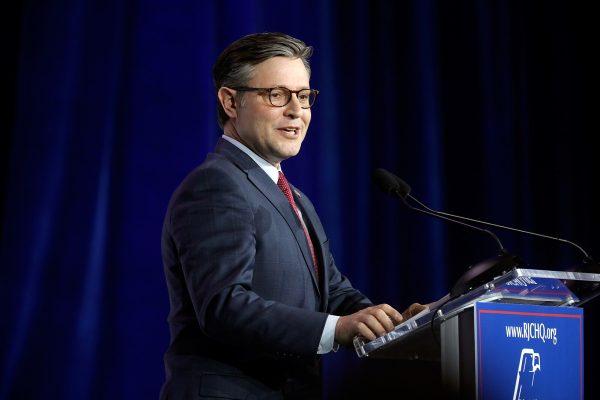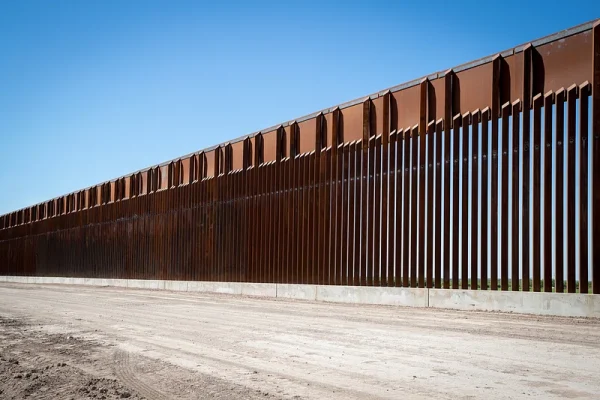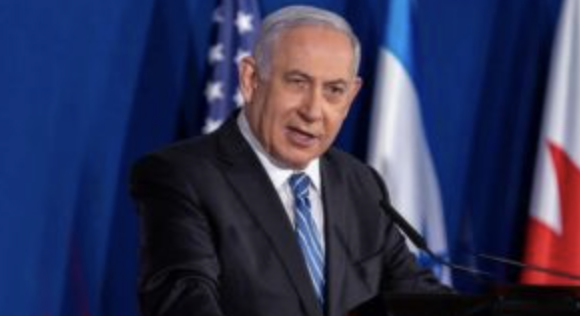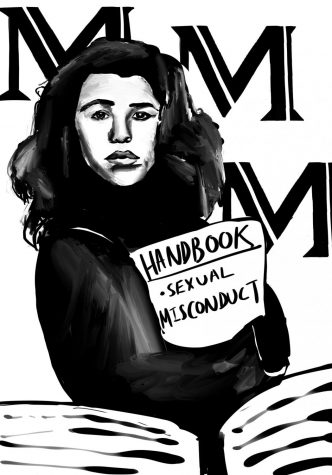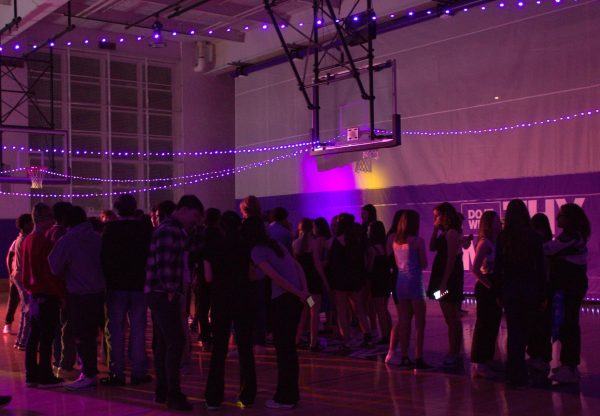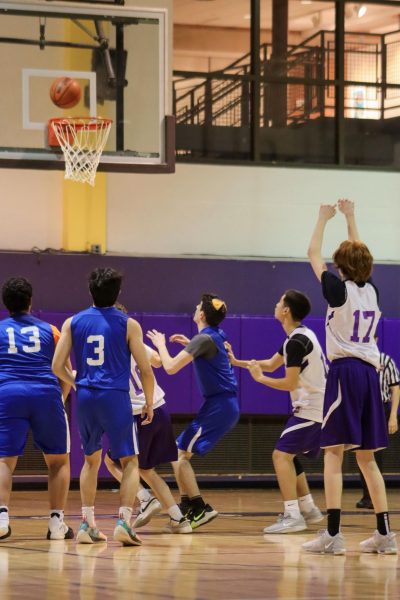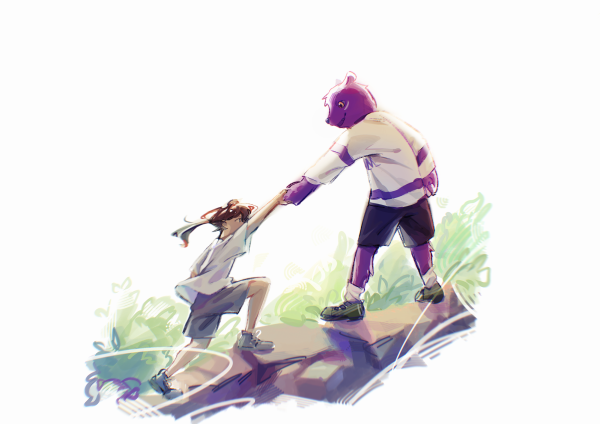France in shock as chaos hits Paris
December 6, 2018
Paris is known as Western Europe’s cultural hub and an inimitable metropole. The city offers museums with world-renowned pieces, many little cafes that create the unique French charm and many prominent sights, from the Notre Dame Cathedral to the Eiffel Tower. But the city of lights, as it is so often called, was unusually unglamorous last week.
On Dec. 1, Paris was in chaos. Tear gas was sweeping through the city, and cars were burning. Historical places, such as the Arc de Triomphe, were stained with graffiti.
This mayhem was the result of riots carried out by a group called “gilets jaunes,” or “Yellow Vests.” Their movement started in mid-November, as thousands of truck drivers wearing yellow vests protested against a newly imposed gas tax by the French government that was supposed to reduce carbon emission and thus protect the environment.
Since then, the movement’s focus has shifted. It is not only protesting against the gas tax, but has also become an expression of anger against the French President Emmanuel Macron, who, in the eyes of the Yellow Vests, supports the rich, while forgetting about the simple workers of the country.
On Saturday the formerly peaceful protests turned violent in Paris and other parts of the country. Massive amounts of police and firefighters were ordered into the city. It is estimated that almost 100,000 public safety officials were deployed to Paris to help keep the chaos in check. Still, the results of one of the biggest French riots of the 21st century were disastrous: over a hundred people were injured and 412 arrested.
So, how did the French government respond to this turmoil?
The French President, who was at the G20 summit in Argentina when the riots took place, called a meeting with his staff right after he returned. Declaring that the tax increase was too divisive for the nation, the reform was revoked for now and will not come into effect until the beginning of 2020. Although the gas tax was taken back, the protests still continue. On Monday even high school students across the country protested against a potential education reform.
France is in turmoil and finds itself at a crossroads. On one side the less privileged feel left behind in an increasingly globalized world. On the other side climate change and tensions within the European Union threaten the France in the long-term. The country has to resolve this problem and decide which route it should take. Emmanuel Macron is facing a challenge now that will decide about not only the remainder of his presidency, but about the future of France.




